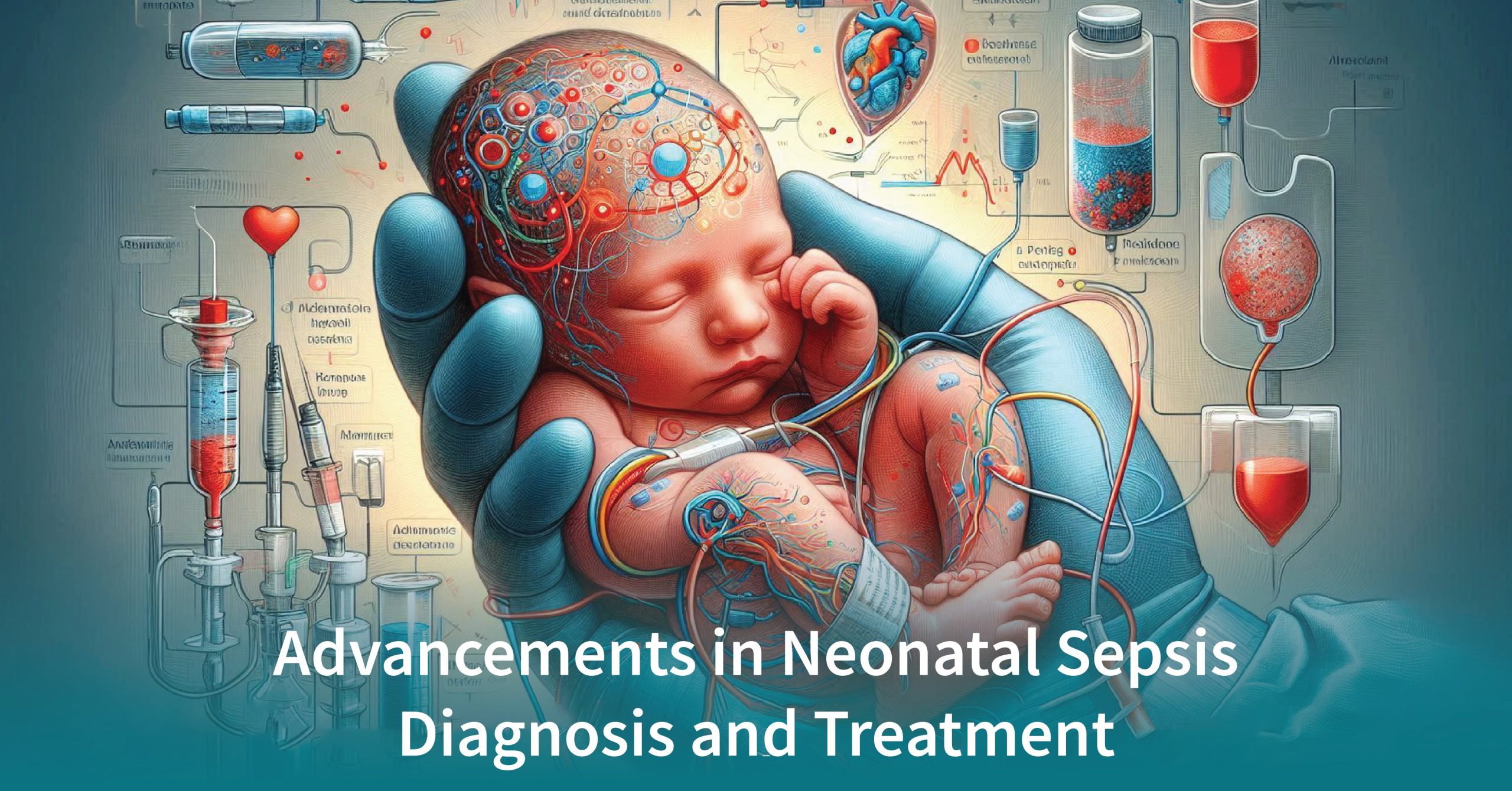Neonatal sepsis still breeds major issues in neonatal practice, particularly in the developed world, due to its added contributions to neonatal morbidity and mortality. Thus, the diagnosis as well as the management of neonatal sepsis remain a health problem with many enumerations, even in the context of improvements in medical science. Over the years, researchers and clinicians have made many discoveries influenced by modern trends, providing new approaches to enhance the outcomes of neonates diagnosed with sepsis. The focus of this article is to identify the new trends in the diagnosis and management of neonatal sepsis, including the newer markers used in diagnosing the condition, teamwork in the management of the disease, and trends in the initial management of the neonate with sepsis.
Introduction to Neonatal Sepsis
Neonatal sepsis is an infection in a newborn that results in SIRS due to bacteria, viruses, or fungi. Septicemia is the main one. According to the time of onset, the condition can be divided into early-onset sepsis (EOS), which is within the first 72 hours of life, and late-onset sepsis (LOS). It has been discovered that early diagnosis of stroke and accurate identification of its type play a central role in its management and favorable outcomes. Nevertheless, it is imperative to understand that the clinical manifestation of neonatal sepsis is sometimes nonspecific, and therefore the babies’ diagnosis may at times be complicated. Newer developments in diagnostic methods and curative procedures have presented a prospect for making improvements in these aspects in neonates and thus improving results.
Emerging Diagnostic Markers
C-Reactive Protein (CRP)
C-reactive protein (CRP) is an acute-phase protein that rises with inflammation but lacks specificity for particular diseases. Significant studies have also been done where it has been used in diagnosing neonatal sepsis together with other tests. The patient’s serial quantitative CRP level, which should be taken 24 hours after the onset of symptoms and then at 12 to 24-hour intervals, is a sensitive and reliable marker in diagnosing sepsis. The estimation of CRP is useful in removing the perception of certain infant infections and potential antibiotic overuse by withdrawing antibiotics where necessary. Leukocyte Indices
Some of the components that are frequently employed in the assessment of neonatal sepsis are the leukocyte count together with the neutrophil count, as well as the I/T ratio. While these indices may offer great help for the assessment, their sensitivity and specificity may be different. The data have also indicated that the addition of leukocyte indices to other markers like CRP significantly improves diagnostic probabilities.
Procalcitonin (PCT)
Another biomarker worthy of note is procalcitonin in the diagnosis of neonatal sepsis. It is synthesized under conditions of bacterial infection and has proven to have higher specificity in comparison with CRP. In bacterial sepsis, PCT is found to be elevated, which distinguishes bacterial infection from viral diseases and other inflammatory disorders. Thus, the inclusion of PCT measurements in the diagnostic algorithm can enhance sepsis recognition and the management of antibiotic treatment.
Advanced Serological Tests
Current advancements in serological testing have enhanced the chances of early detection of infections in pregnancy, such as the cytomegalovirus (CMV). Assays like IgG avidity, IgM immunoblotting, and immunologic neutralization assays can accurately establish the antenatal immune status of a woman and pinpoint those who are in their first trimester, hence at a higher risk of transmitting the infection to their offspring. These tests can be run early during pregnancy, enabling early management and thereby minimizing congenital infections.
